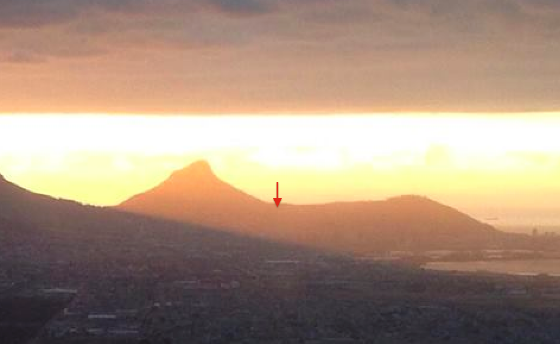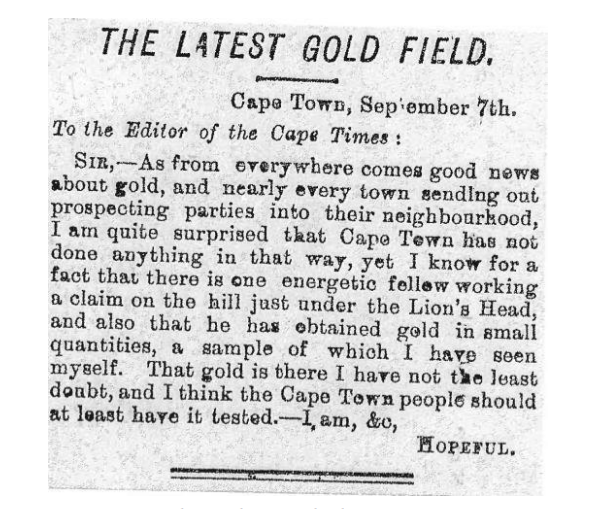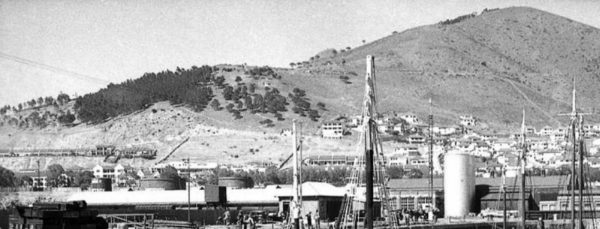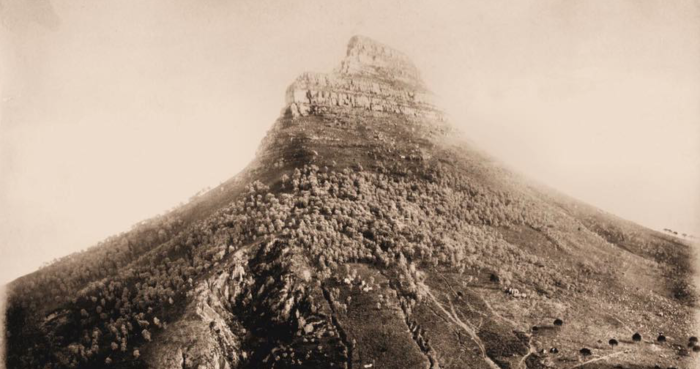Cape Town is known to produce many things, but gold and silver are not really what typically spring to mind. Back in the day, however, there was a full scale operating gold mine right here on Lion’s Head.

In 1654 – Jan van Riebeeck had barely set foot on the Cape coast- a station post guard who claimed to be a silversmith said he had found a ‘lode of silver’ near what we now call Kloof Nek. It turned out eventually to be so thin-spread and difficult to dig out that all efforts were abandoned.
A few years later, in 1676, Jan van Riebeeck’s son Abraham visited the Cape while travelling out to the Far East as a newly appointed “assistant merchant” and wrote in his diary that he went out to “inspect the mines behind the head of the Lion Hill, the Upper Merchant finding there some good stones”. Once again, nothing came of it.
The Capetonians of old were adamant to strike gold, it seemed, as in 1886 again a newly formed Lion’s Head Gold Syndicate dug several shafts on a site on a farm on the mountains slopes, from which samples were taken to Wilkinson’s Mill in Kloof Street to be pulverised and assayed.
An anonymous letter writer wrote to the Cape Times on Thursday 9 September 1886, saying that there is not “the least doubt of gold”.

Small quantities of gold were indeed extracted, enough even to lead to the establishment of the Lion’s Head (Cape Town) Gold Mining Company in December 1887.

After having their samples tested, an analyst declared that the quartz from Lion’s Head did contain a small amount of gold (“one pennyweight to the ton”), and the syndicate excitedly sent off more samples as they wanted the assurance of a totally independent firm of analysts, so several tons of quartz were carefully sealed in bags by a government official and sent off to Germany for assaying.
Unfortunately for the gold-seekers, the results came back with rather disappointing comment saying “there was not an atom of anything resembling the precious metal in the whole of the quartz”, according to an account of the time, “and …it was only so much common rock which had not paid the cost of its shipment”.
The syndicate was eventually liquidated in 1891 and the Cape Town Public Works Committee instructed the Gold Syndicate to fill in the Lion’s Head shaft or fence it off, as it posed a danger to passers-by.
While all mining efforts were given up, the shaft still remained there until 1951, when a firefighter battling a blaze on the mountain nearly fell in, after which the shaft was covered up entirely. Hikers (and gold-seekers) who go up there looking for the mine today won’t find much and as the mountain is now a protected area, there are no hopes of finding any treasures other than nature’s wonderful fauna and flora.
Sources: Chavonnes Battery and Heritage Portal

